Plenary sessions

The line-up of the plenary speakers is outstanding and these events are wonderful opportunities to learn and to be inspired. The collective wisdom, perspective, and leadership experience of the six individuals will be a highlight of the conference week.
Six outstanding speakers have already confirmed their participation:
- Dr. Christine Courillon - European Research Council, Brussels, Belgium
- Prof. Frances M. Ross - MIT, USA;
- Dr. Armin Günther - Air Liquide, Germany;
- 2022 EU-40 Materials Prize recipient: Prof. Michael Saliba, Institute for Photovoltaics (ipv) University of Stuttgart, and Research Center Jüllich, Germany
- 2022 MRS Mid-Career Researcher Award recipient: Prof. Molly M. Stevens - Imperial College London, U.K.
- Prof. Chris Case - Oxford PV, U.K.
It's hard to imagine a richer offering of speakers. And that's the point of the plenary sessions: they provide a shared experience for all conference attendees.
Plenary sessions are a time for a break from the details of your week, a time to be stimulated and to reflect on the values that brought us to the field and that continue to motivate us each day.
Preliminary program:
Monday 30 May, 2022 (13:00 - 13:45)
|
|
||
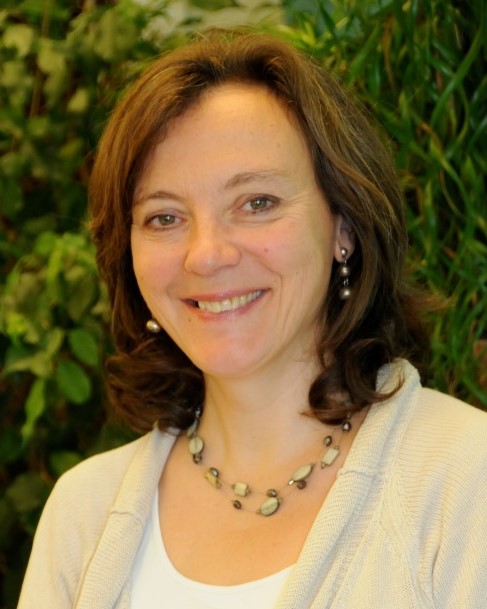 |
ERC Individual and Synergy Grants Christine Courillon |
|
|
The European Research Council (ERC) is a leading European funding body supporting excellent investigator-driven frontier research across all fields of science. ERC calls are open to researchers around the world. The ERC offers various different outstanding funding opportunities with grants budgets of €1.5 to €3.5 million for individual scientists. All nationalities and career-stage of applicants are welcome for projects carried out at a host institution in the European Union and its associated countries. At this session, the main features of ERC funding individual and synergy grants will be presented, as well as testimonials from ERC panel members and / or ERC grantees in the field of Material Sciences. |
||
Tuesday 31 May, 2022 (13:45 - 14:45)
|
|
||
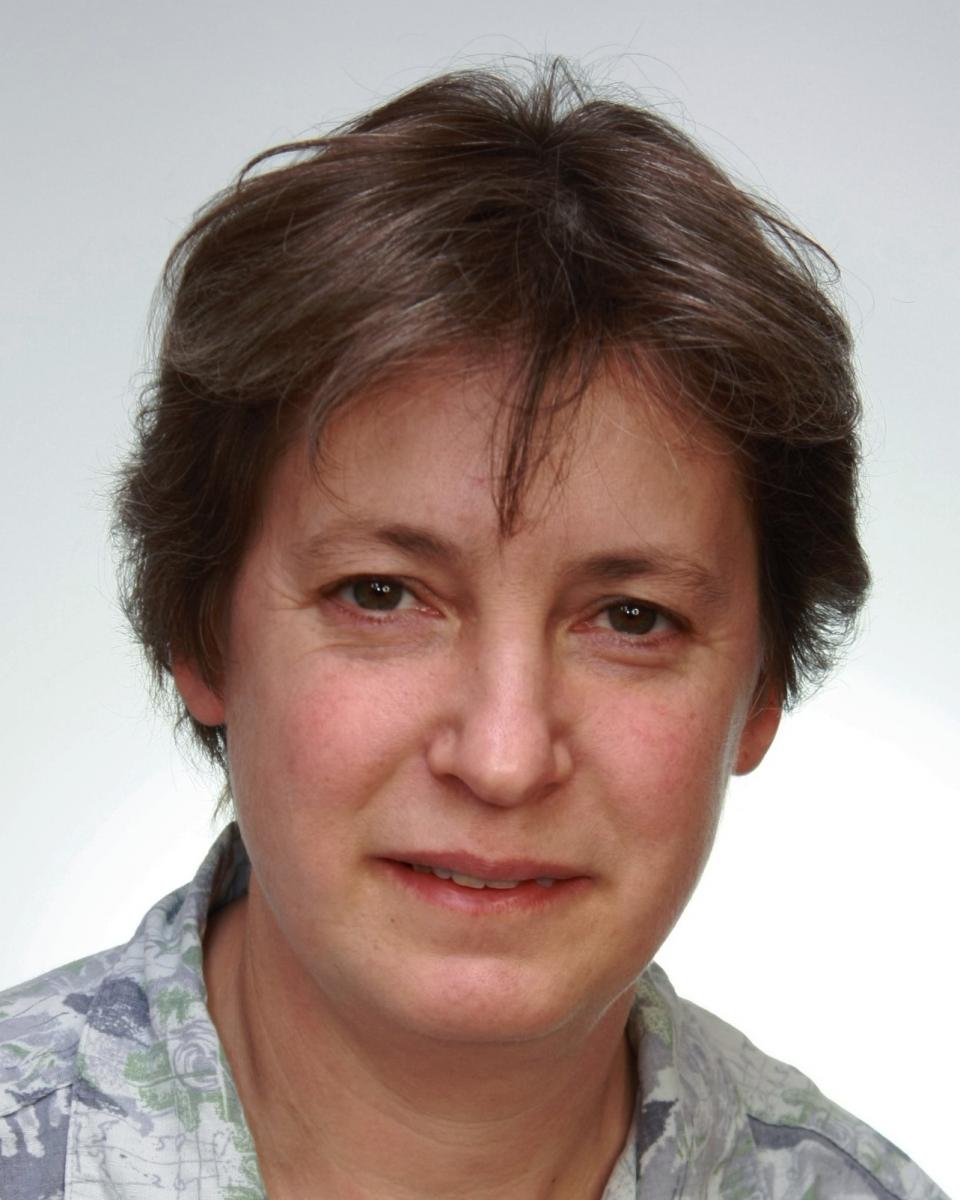 |
Visualising patterning and crystal growth on 2D materials using in situ electron microscopy Frances M. Ross
|
|
|
The fascinating structures and properties of two-dimensional (2D) materials offer prospects for understanding new physical phenomena and developing innovative functional devices. To unlock these opportunities we aim for atomic level precision in patterning the materials involved and controlling their interfaces. In situ electron microscopy techniques can play a useful role in realizing these goals. In this presentation I will show how in situ imaging of crystal growth on 2D surfaces helps us understand the growth mechanisms and interface structures formed. I will also discuss targeted irradiation to drive local transformations, including rearrangements that change the 2D layer orientation and properties such as magnetic texture. The rapid advance in in situ TEM instrumentation promises exciting future opportunities in understanding and using nanoscale growth and patterning to create complex structures based on 2D materials. |
||
Wednesday 1 June, 2022 (13:45 - 14:45)
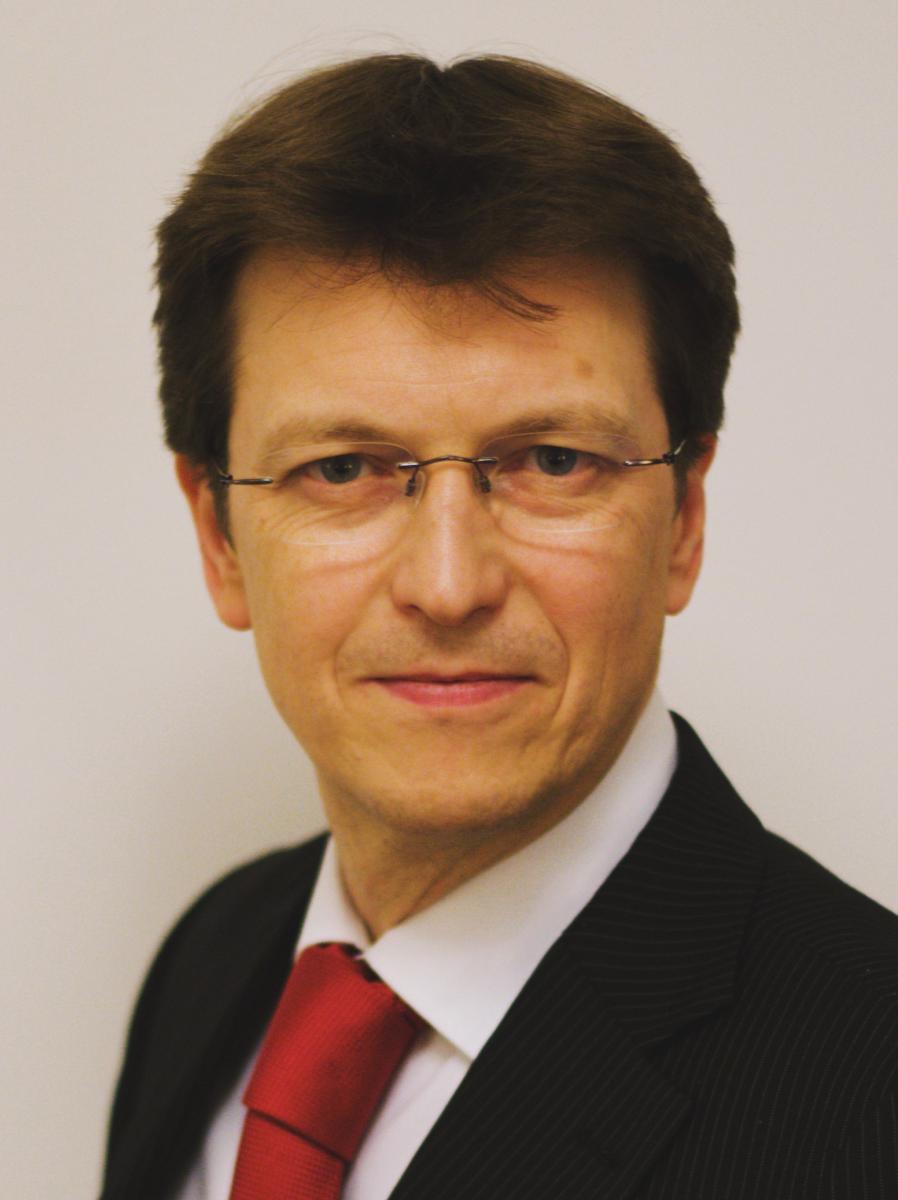 |
CO2 - Decarbonisation & CO2 as Future Feedstock Dr. Armin Günther |
|
|
CO2 derived from fossil resources is seen as the main contributor for global warming. Decarbonisation of all the sectors is the number one priority. In addition to decarbonisation of various processes - CO2 can also be considered as a valuable feedstock. CO2 from conventional energy carriers and in particular CO2 derived from renewable resources can contribute to CO2 reduction and GHG-savings. In the panel presentation various value chain options for CO2 utilization will be presented and discussed. One part is the consideration upstream of the synthesis with different CO2 sources and it’s challenge for capturing and purification. The discussion will focus on direct synthesis from CO2 with Hydrogen including own developments as well presenting various downstream product options leading to fuels or to products for the chemical industry |
||
Wednesday 1 June, 2022 (18:00 - 18:30)
|
|
||
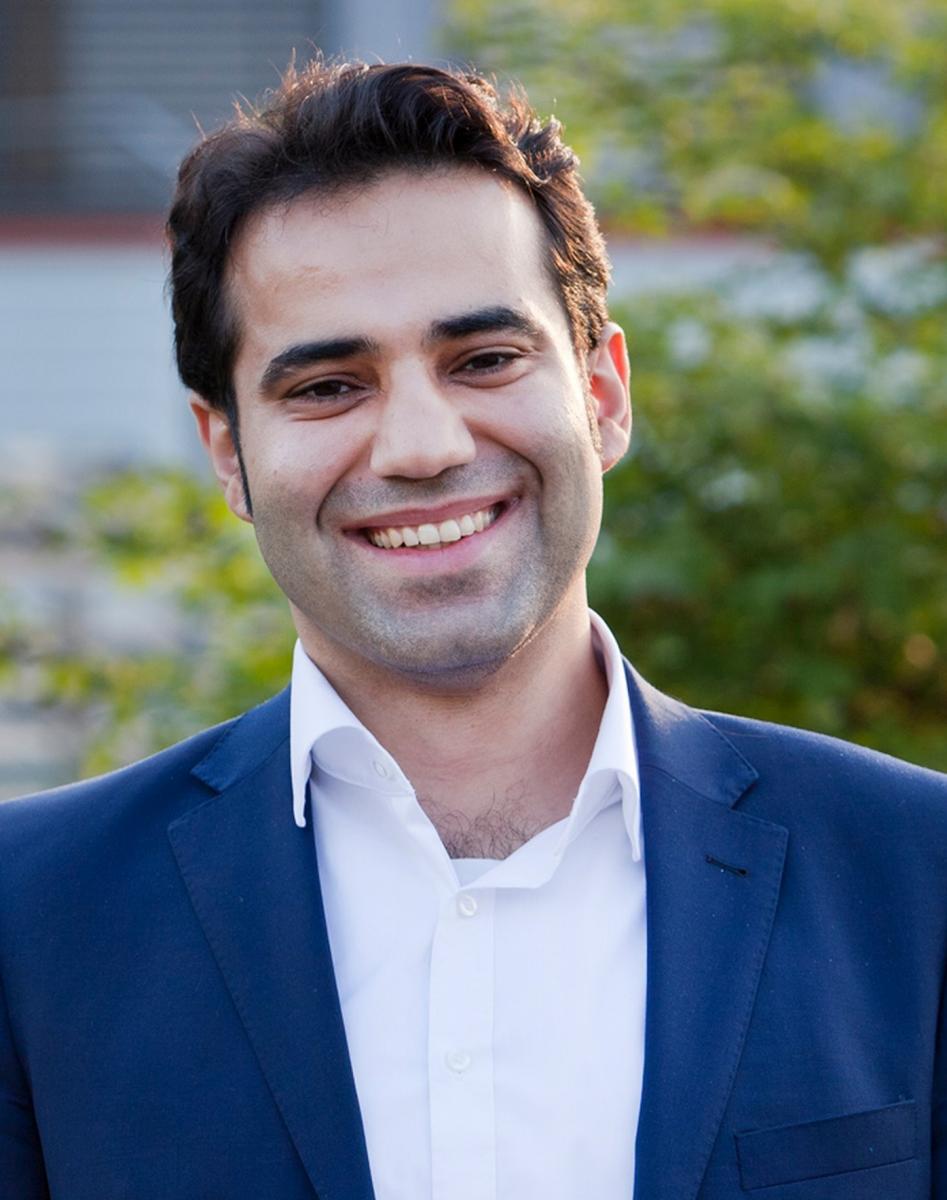 |
2022 E-MRS EU-40 Materials Prize Presentation The Versatility of Perovskite Materials for Optoelectronics Prof. Michael Saliba |
|
|
Perovskite solar cells (PSCs) have created much excitement in the past years and attract spotlight attention. This talk will provide an overview of the reasons for this development highlighting the historic development as well as the specific material properties that make perovskites so attractive for the research community.[1-3] The current challenges are exemplified using a high-performance model system for PSCs (multication Rb, Cs, methylammonium (MA), formamidinium (FA) perovskites).[2,3] The triple cation (Cs, MA, FA) achieves high performances due to suppressed phase impurities. This results in more robust materials enabling breakthrough reproducibility. Through multication engineering, usually not-considered alakali metals, such as Rb, can be studied[5] resulting in one of the highest voltages compared to the bandgap. Polymer-coated cells maintained 95% of their initial performance at elevated temperature for 500 hours under working conditions, a crucial step towards industrialisation of PSCs. To explore the theme of multicomponent perovskites further, molecular cations were re-evaluated using a globularity factor. With this, we calculated that ethylammonium (EA) has been misclassified as too large. Using the multication strategy, we studied an EA-containing compound that yielded a high open-circuit voltage of 1.59 V. Moreover, using EA, we demonstrate a continuous fine-tuning for perovskites in the "green gap" which is relevant for lasers and display technology. [6] The last part elaborates on a roadmap on how to extend the multication to multicomponent engineering providing a series of new compounds that are highly relevant candidates for the coming years, also in areas beyond photovoltaics, for example for medical scintillation detectors.[6,7] [1] N. Jeon et al., Nature (2015) |
||
| Short CV | ||
| Prof. Michael Saliba is a full professor and the director of the Institute for Photovoltaics (ipv) at the University of Stuttgart, with a dual appointment at the Research Center Jülich, Germany. His research focuses on a deeper understanding and improvement of optoelectronic properties of photovoltaic materials with an emphasis on emerging perovskites for a sustainable energy future. Since 2021, Michael is the Speaker of the DFG Graduate School (GRK) 2642 for “Quantum Engineering”. In 2022, he was awarded an Starting Grant by the European Research Council (ERC).
Previously, Michael was at TU Darmstadt, Fribourg University and a Marie Curie Fellow at EPFL, Switzerland with research stays at Cornell and Stanford. He obtained his PhD at Oxford University and MSc degree at Stuttgart University together with the Max Planck Institute for Solid State Research. |
||
Wednesday 1 June, 2022 (18:30 - 19:00)
|
|
|||
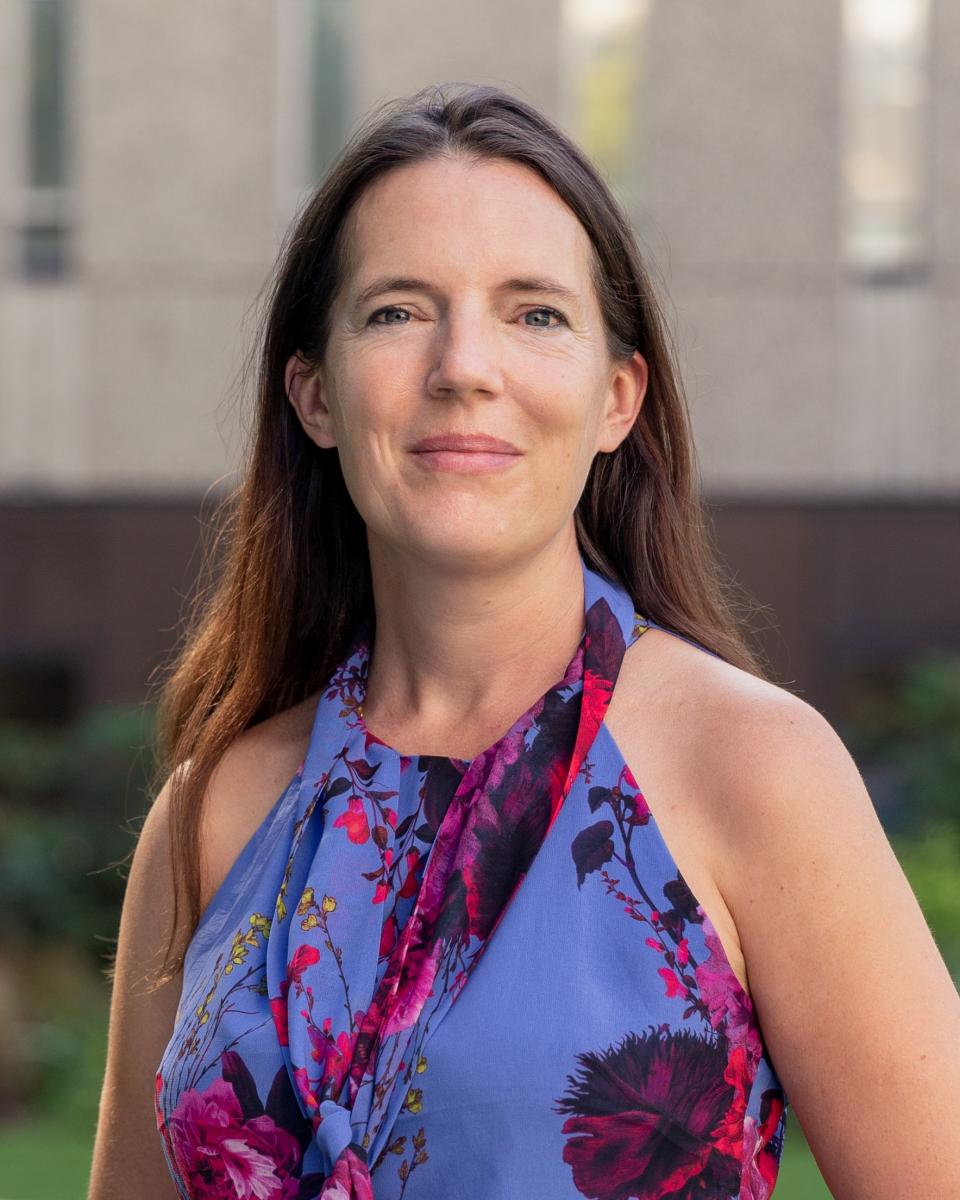 |
2022 MRS Mid-Career Researcher Award Presentation Designing biomaterials to repair the body and detect diseases earlier Prof Molly M Stevens
|
|
|
|
This talk will provide an overview of our multidisciplinary approach to elucidate the interfaces between living and non-living matter, and how we use this fundamental knowledge to design innovative materials and technologies with impactful applications in regenerative medicine, advanced therapeutic delivery and disease diagnostics. We engineer simple conceptually novel biosensing approaches using designer bio-nanomaterials for ultrasensitive diagnostic assays that are simple, cost-effective and easy deploy to the point-of-care. We are exploiting the sensing capabilities of nanoparticles to engineer paper-based lateral flow immunoassays (LFIAs) for the detection of infectious diseases such as HIV, Ebola, tuberculosis and Covid-19, and we can integrate our assays with smartphone technology for patient self-monitoring, geographical tagging and epidemic surveillance. Harnessing our knowledge of the bio-interfaces, we also engineer complex 3D architectures with spatially arranged biochemical cues and cell interfacing nanoneedles for multiplexed intracellular biosensing at sub-cellular resolution and modulation of biological processes. I will explore how these versatile technologies can be applied to transformative biomedical innovations. |
|||
Thursday 2 June, 2022 (13:45 - 14:45)
|
|
||
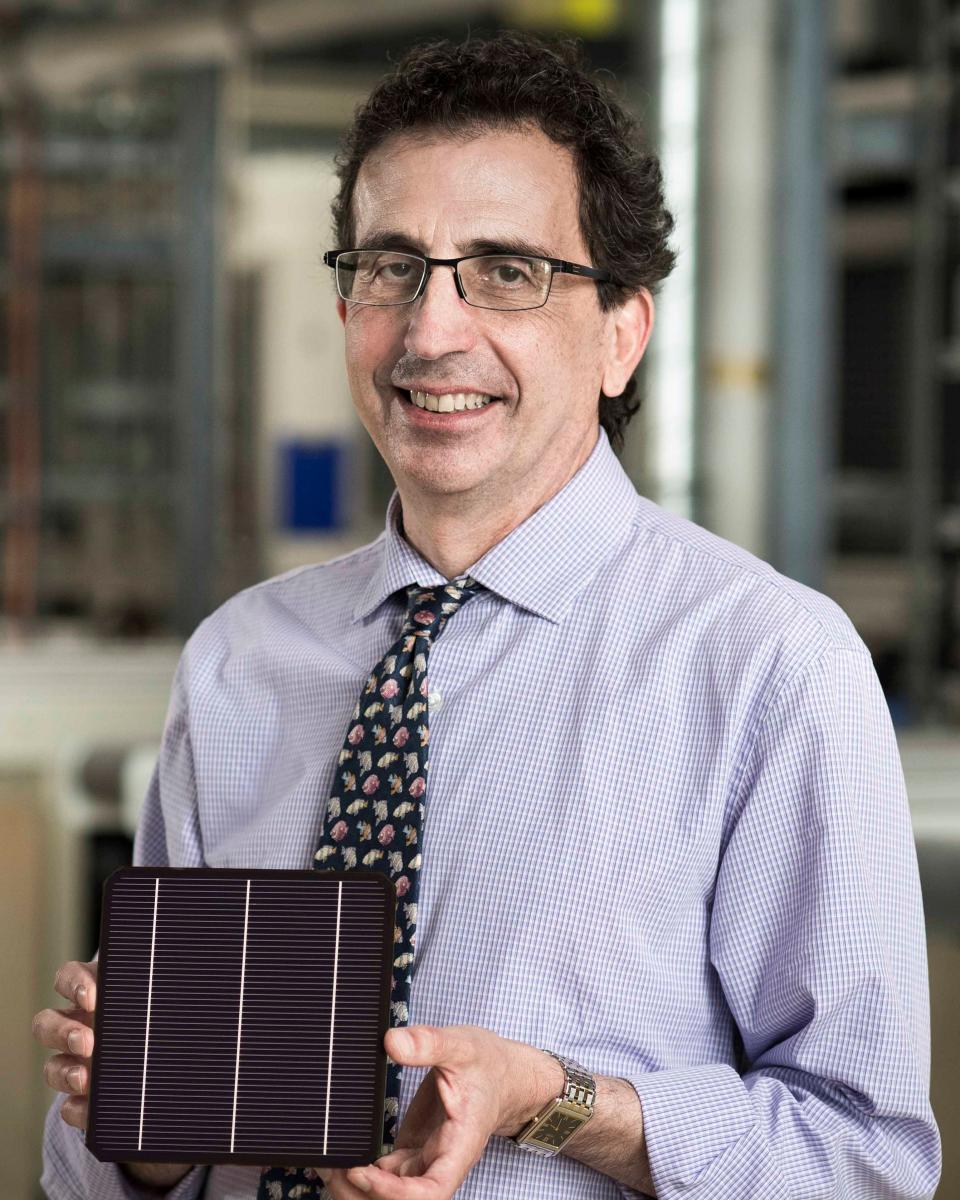 |
Accelerating the clean energy transition with materials innovation Dr Chris Case
|
|
|
Solar photovoltaics has a fundamental role in helping Europe to increase energy security and affordability while reducing emissions. With today’s rising geopolitical uncertainty and risks, the need for solar is greater now than ever before. The most effective way to rapidly scale up solar is by driving down the cost of clean electricity and enabling supply at the lowest cost. One major breakthrough in the field of materials science is perovskite, a thin-film photovoltaics technology. Used as a solar absorber, perovskite can significantly increase the performance of solar PV while enhancing resource efficiency and circularity. This lecture will look at the development and industrialisation of perovskite-on-silicon technology. This technology – which is on the cusp of being commercialised – paves the way for the next generation of high-performance solar PV and will accelerate solar adoption at the terawatt level. |
||
| Short CV | ||
|
Dr Chris Case is Chief Technology Officer at Oxford PV. He is responsible for maximising the commercial value of Oxford PV’s technology. Chris’ experience spans markets across the world including the US, and he has helped companies large and small to manage their IP portfolios, broaden their scope of influence, and build successful and profitable businesses. His previous positions have included 10 years as Chief Technology and Scientific Officer with BOC, part of Linde, where he oversaw the global technology strategy and R&D for the €8 billion business. Chris is extensively published in international press and scientific publications, and is a regular speaker and lecturer on integrated circuits and photovoltaics. In 2021, Chris was elected the President of International Thin-Film Solar Industry Association, or PVthin. He also advises the EPSRC’s SuperSolar Hub. With his background as an educator, Chris is also passionate about promoting the role of STEM and enabling younger generations in building a sustainable future. Chris began his career as Assistant Professor of Engineering at Brown University, followed by 10 years at AT&T Bell Laboratories. He was a Fulbright-Hays scholar at the Université de Bordeaux, and holds a MSc in engineering and a PhD in materials science from Brown University. |
||
Department of Electronics Design - Holmgatan 10, 85170 Sundsvall, Sweden & Guangdong Greater Bay Area Institute of Integrated Circuit and System, Guangzhou, China
+46 702287355 & +86 18311498633henryradamson@gmail.com / rad@giics.com.cn
Jardins de les Dones de Negre 1 Sant Adrià del Besòs 08930 Spain
+34 93 3562615+34 93 3563802
jrmorante@irec.cat
Ernst Ruska-Centre, Wilhelm-Johnen-Str, D-52425 Jülich, Germany
+49 2461 612417m.luysberg@fz-juelich.de
